Permian period
(299-252 MYA)
5
Biomes
3
Continents
11
Animals
27
Plants

Map

Description
The Permian is the last (sixth) period of the Paleozoic. It began about 299 million years ago and ended around 252 million years ago. The duration of the period was approximately 47 million years.
Several significant events in the Earth's history occurred in the Permian period. The formation of the supercontinent Pangaea was completed. The climate changed, becoming more dry and hot, leading to the emergence and widespread distribution of deserts and semi-deserts.
A multitude of events took place in the evolution of Earth's living creatures. The group of terrestrial animals known as synapsids reached substantial development. Animals such as the sail-backed Dimetrodon and Edaphosaurus, the remarkable Estemmenosuchus, and the saber-toothed Inostrancevia appeared. Gradually, synapsids began to resemble true mammals - they developed fur, their limbs "straightened", and their teeth diversified. The alternative group of terrestrial animals, the reptiles, continued to evolve.
The Permian period ended with the activation of volcanoes over vast expanses of Siberia. This led to the greatest extinction of the entire Phanerozoic eon.
From the geological formations of the Permian period, major deposits of coal, oil, gas, gypsum, salt, and other minerals are known, which are actively used by humans today.
Note: There are several hypotheses regarding the formation of oil and gas. According to the most common version, these fossil fuels were formed millions of years ago from the remains of ancient living organisms.
The process of oil formation begins with microscopic organisms, such as phytoplankton and zooplankton, which once inhabited ancient oceans. When these organisms died, their remains settled on the sea floor, where they mixed with silt and sand, forming thick layers of organic materials.
Over time, these layers underwent pressure and heating, transforming into black, organic-rich rocks - shales. When the rocks reached a depth of 3-4 kilometers, under the powerful pressure of a colossal layer of earth, the final transformation of the remains of living beings into oil and gas began. This was not a quick process - it took from 50 to 350 million years to form oil!
Most of the oil and gas we extract today was formed during the Mesozoic Era. This era, which lasted from 252 to 66 million years ago, includes the Triassic, Jurassic, and Cretaceous periods. At that time, there were rich marine ecosystems on Earth, providing a large amount of organic material for future oil and gas.
After formation, oil and gas began to slowly move through porous rock layers, forming deposits that we use today. This process continues now, turning new organic materials into oil and gas, although this requires millions of years.

Animals
Expand more
Loading...

3D Biomes
Articles

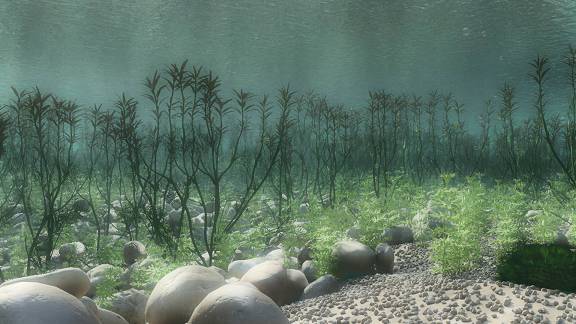
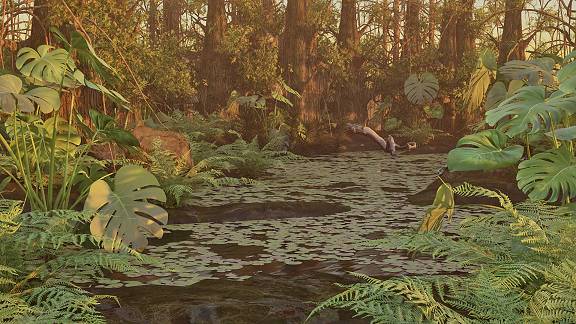
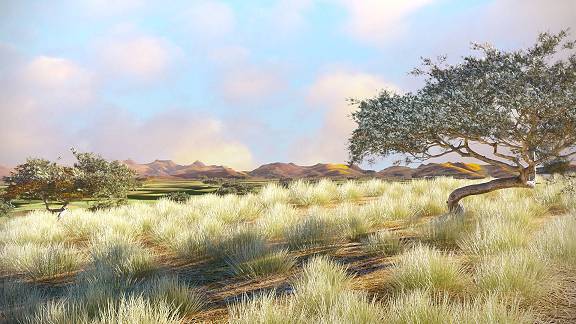
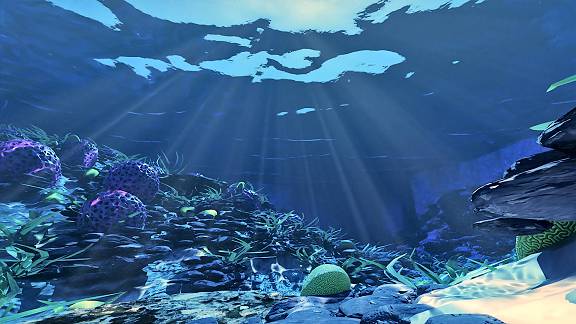
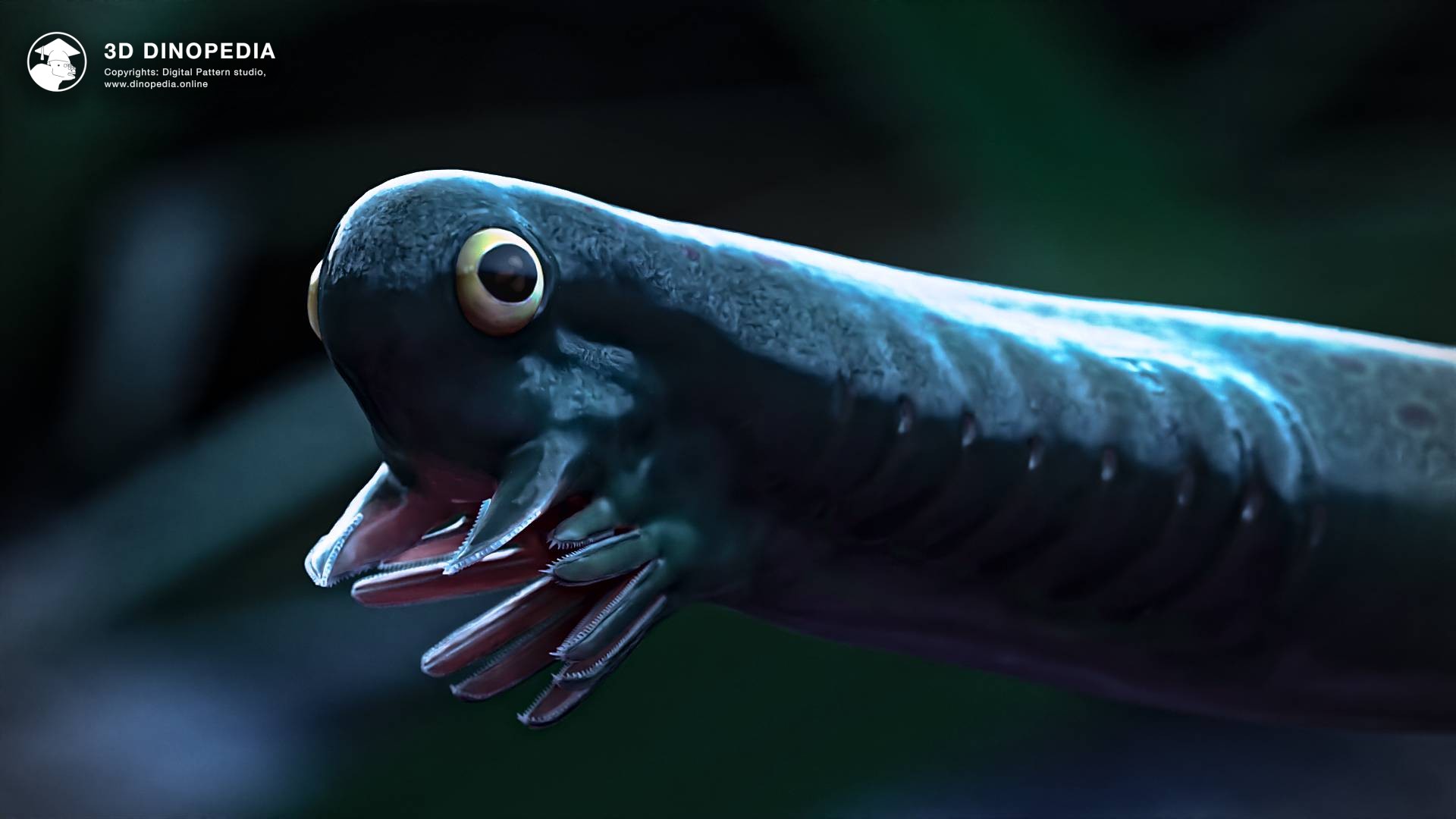
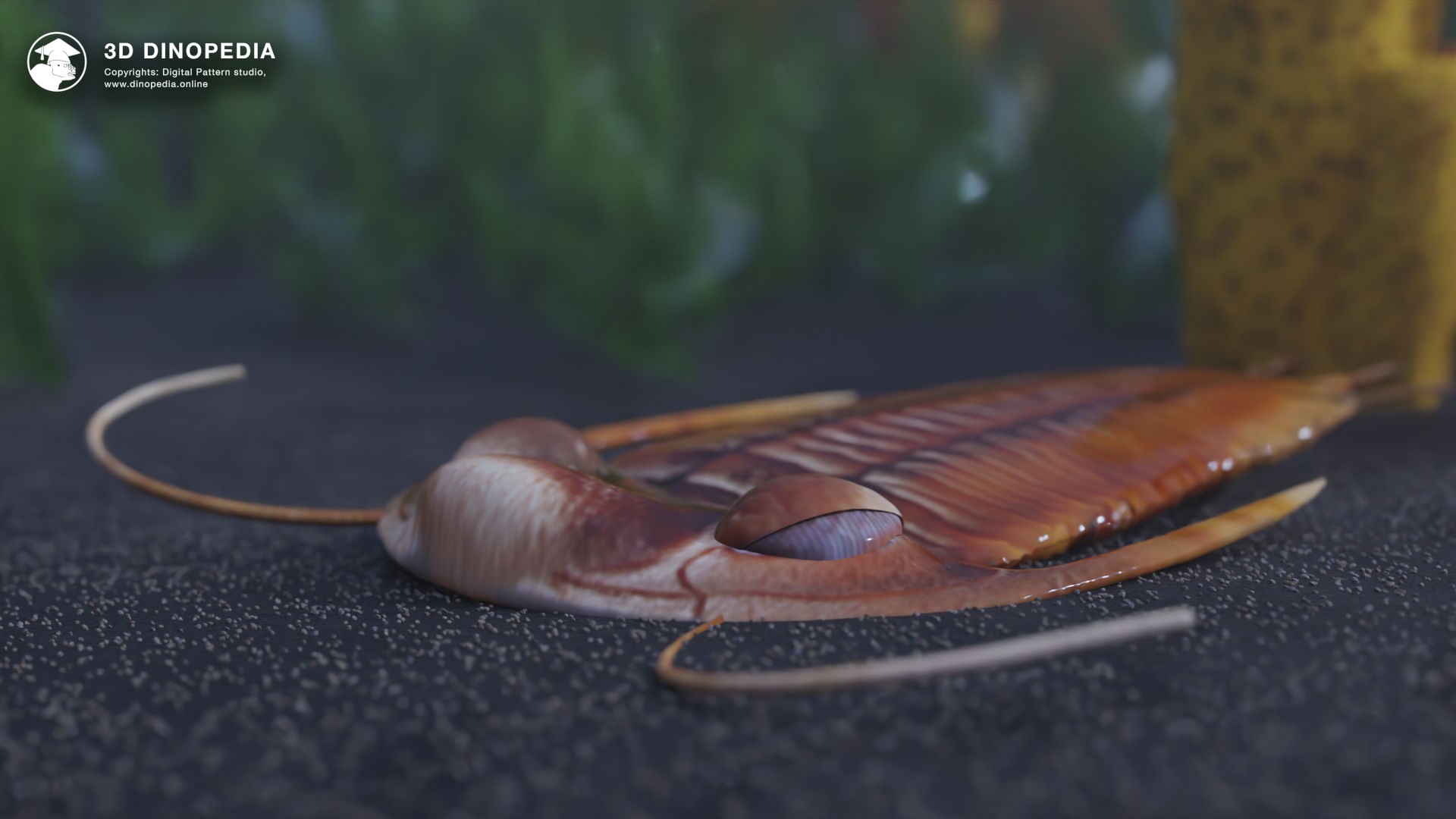

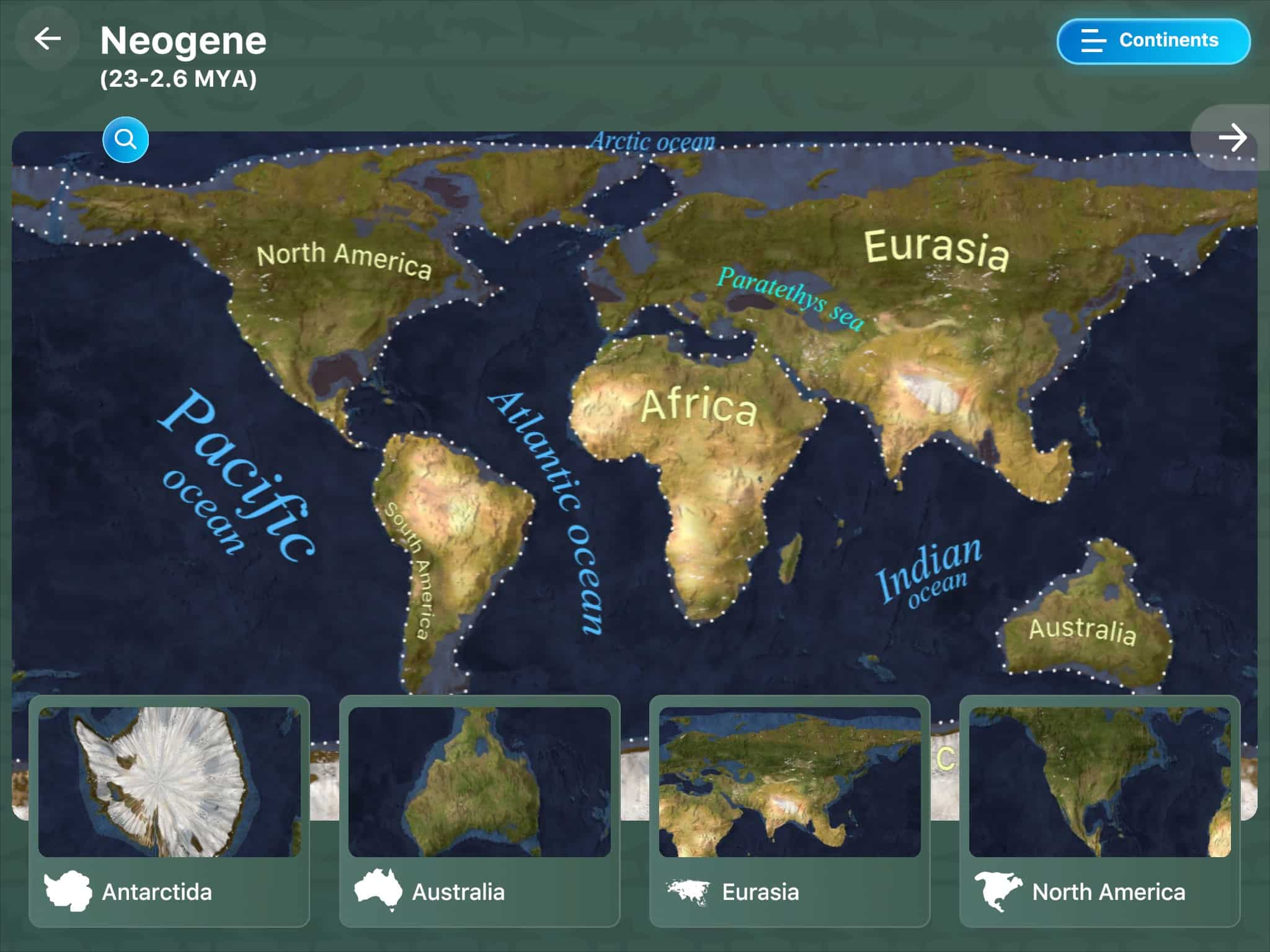








 CONTINENTS
CONTINENTS
 3D BIOMES
3D BIOMES
 FAUNA
FAUNA
 FLORA
FLORA
 EVENTS
EVENTS
 DISCOVERIES
DISCOVERIES
 GALLERY
GALLERY
 3D EARTH
3D EARTH

